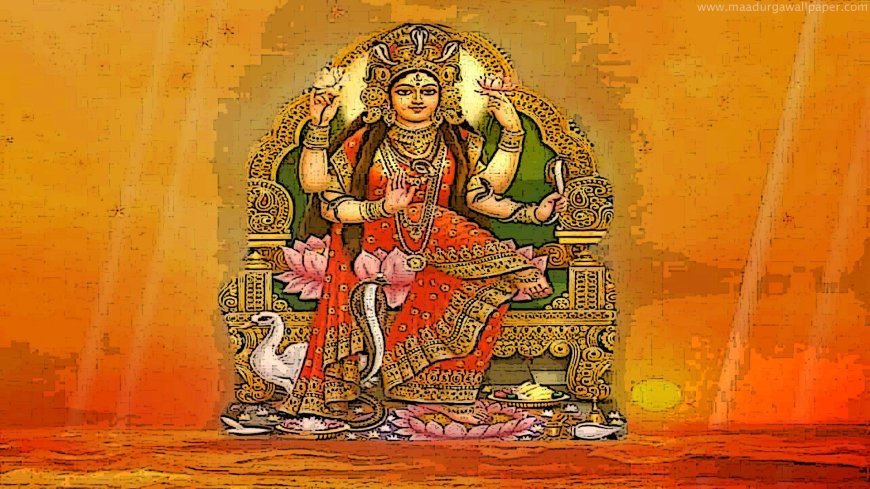mansa puja
Mansa Puja is a festival celebrated mainly in the state of West Bengal, India. It is dedicated to the worship of the goddess Mansa

Introduction
In the rich tapestry of Indian culture and spirituality, a multitude of festivals and rituals hold deep-rooted significance. One such celebration that resonates with mysticism and devotion is Mansa Puja, an age-old tradition that venerates the Serpent Goddess, Mansa Devi. With origins in Hindu mythology, Mansa Puja is an intricate blend of faith, folklore, and reverence for nature. This article aims to delve into the essence of Mansa Puja, its origins, rituals, and the cultural significance it holds in modern times.
The Serpent Goddess and Her Origins
Mansa Devi, also known as the Serpent Goddess, is a deity deeply entrenched in Hindu mythology. She is believed to be the sister of Vasuki, the king of serpents, and is associated with protecting people from snakebites and granting fertility, prosperity, and well-being. The name "Mansa" is derived from the word "manas," which means wish. Thus, her worship is often considered a path to realizing one's desires and aspirations.
Legends and Stories
Mansa Puja is accompanied by numerous legends that add to the enigma of the festival. One popular tale revolves around Mansa Devi's humble beginnings. It is said that she was born from the mind (manas) of Lord Shiva in response to the prayers of the Nagas (serpent beings) to protect them from the wrath of the sage Kashyapa. This tale highlights the Serpent Goddess's close connection with the well-being of snakes, making her a deity of great importance in areas where these creatures are revered.
Rituals and Observances
Mansa Puja is observed with great fervor and devotion in regions like Bengal, Assam, and parts of North India. The rituals associated with the festival are elaborate and reflect the deep-rooted belief in the Serpent Goddess's protective powers.
-
Worship and Offerings: Devotees prepare special offerings that include milk, flowers, fruits, and incense. These offerings are presented before the image or idol of Mansa Devi in temples and households.
-
Decorating with Vermilion: In many places, the image of the Serpent Goddess is adorned with vermillion or red powder, symbolizing protection and vitality.
-
Fast and Prayers: Some devotees observe a fast on the day of Mansa Puja and engage in reciting prayers and mantras dedicated to the goddess.
-
Snake Charmer Performances: In certain regions, street performances by snake charmers are common during Mansa Puja. These performances are considered an offering to the goddess and a form of seeking her blessings.
Cultural Significance
Mansa Puja transcends its religious connotations and carries cultural significance as well. It underscores the deep connection between humanity and the environment. Snakes, as symbols of nature, play a vital role in maintaining ecological balance by controlling rodent populations. The festival acts as a reminder of the delicate equilibrium between human activities and the natural world.
Conclusion
Mansa Puja stands as a remarkable testament to the multifaceted nature of Indian spirituality and culture. Its blend of mythology, rituals, and reverence for the natural world reflects the holistic worldview that has been integral to the Indian way of life for centuries. As devotees continue to celebrate Mansa Puja, they not only seek blessings and fulfillment but also contribute to the preservation of traditions that celebrate the intricate interplay between humanity and nature.
What's Your Reaction?






















































